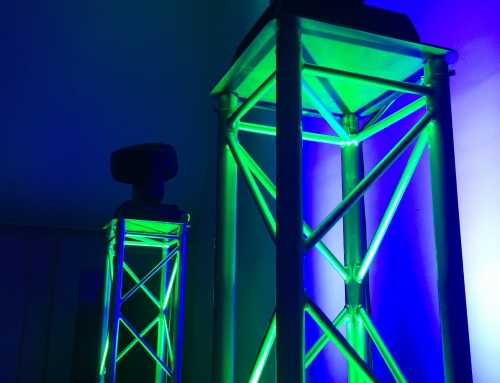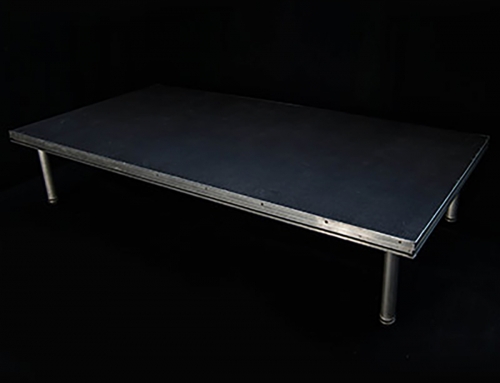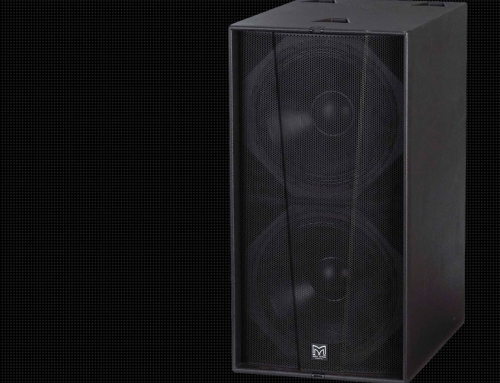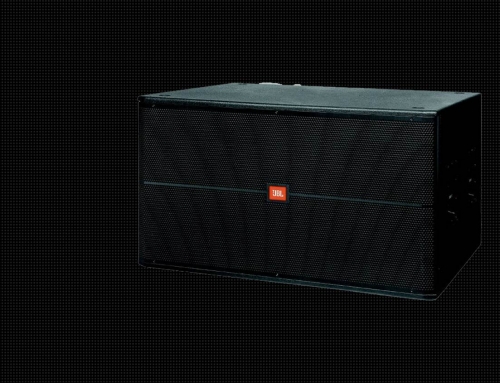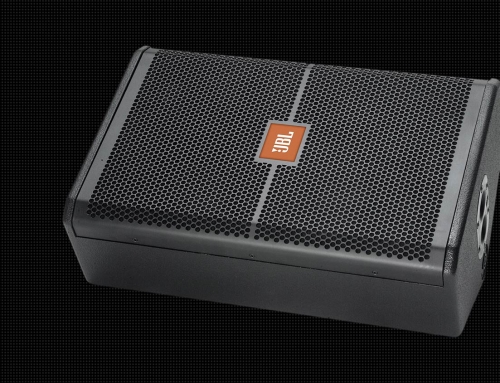Project Description
JBL Eon Monitors
The JBL EON15 G2 delivers 300 watts of power to a 15-inch Neodymium Differential Drive low frequency driver. The driver boasts a dual neodymium magnet and dual voice coil motor that delivers high output and low distortion from a lightweight woofer. Meanwhile, the high frequency amplifier delivers 100 watts of power to a 1.75″ titanium diaphragm compression driver with ferro-fluid cooling.
The EON15 G2 is at home as a main PA or on stage as a monitor or instrument amplification system. Musicians who own an EON speaker can use them singly for casual solo or duo work, or combine multiple EONs into a complete, powerful PA system.
Instrumentalists will appreciate the expanded input capabilities of the EON15 G2. With its integral three-input mixer, the EON15 G2 can directly accommodate electronic keyboards, drum machines, electrified acoustic guitars, and microphones. Electric guitarists using the new generation of amplifier modeling modules will find that the clean, full-range sound of EON15 G2 reproduces all of the subtle tones the modules can produce. The new “MIX OUT” feature even provides an output from the internal mixer that can be sent to the main PA, making the EON15 G2 the ideal choice for keyboard or acoustic guitar amplification.
- The second generation of one of the most successful and influential professional speaker systems ever.
- 15″Differential Drive® low-frequency driver with dual neodymium magnet for light weight and reduced distortion.
- 1″ JBL compression driver with 1.75″ titanium diaphragm and ferro-fluid cooling.
- 300 watts low-frequency and 100 watts high-frequency (bi-amplified) – actual power delivered to the drivers.
- Built in 3-input mixer. One balanced mic/line input, two 1/4″ phone line-level inputs. Two-band equalization.
- Balanced loop-through/mix output.“Daisy- chain” additional EON speakers or send the mixed output to a mixing console.
- Live sound reinforcement, speech, vocals, and music playback in entertainment, A/V, and institutional venues – especially when ease of use, audio quality and portability are important factors.
- Amplification, mixing, and monitoring for electronic musical instruments.
